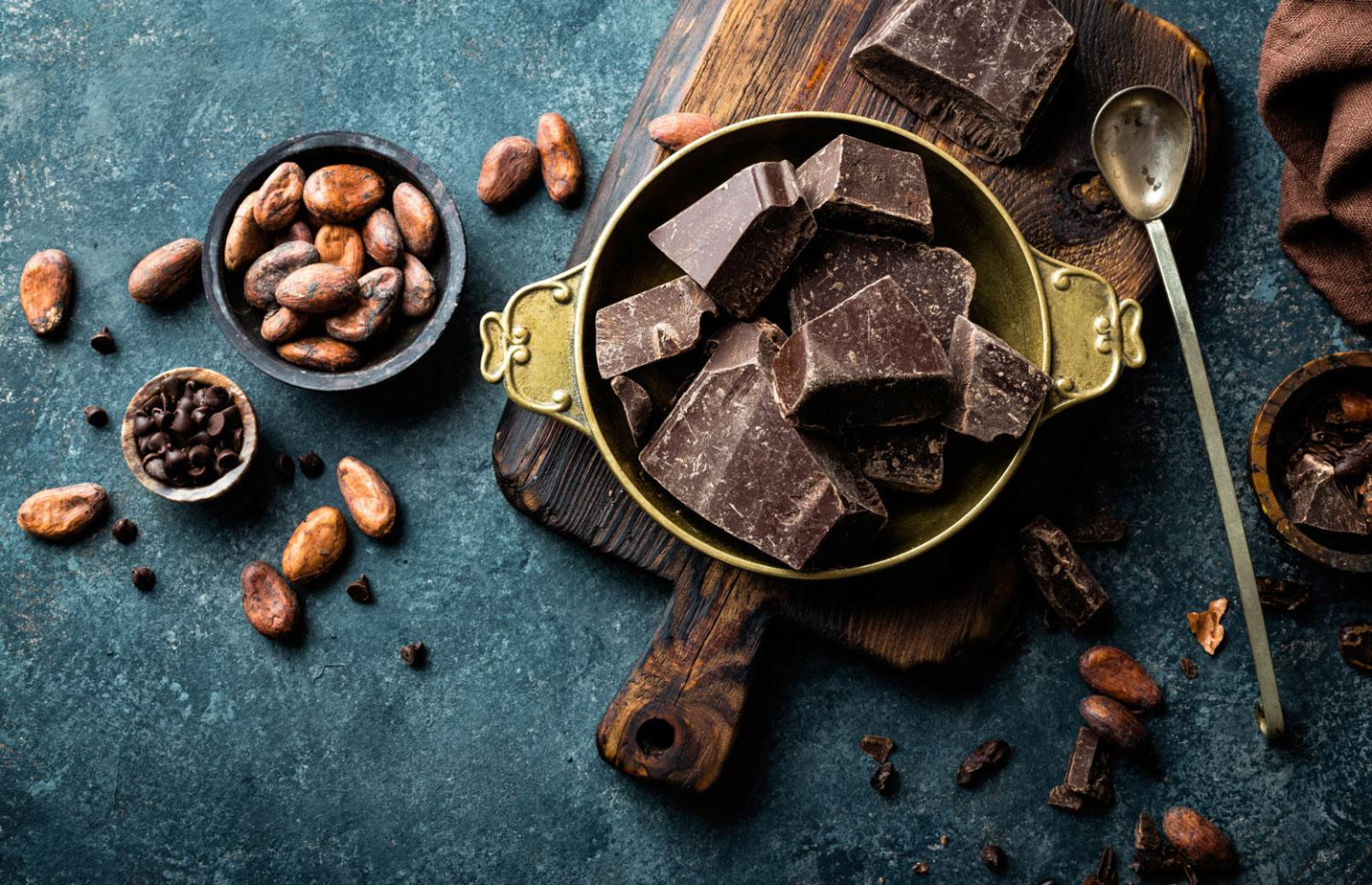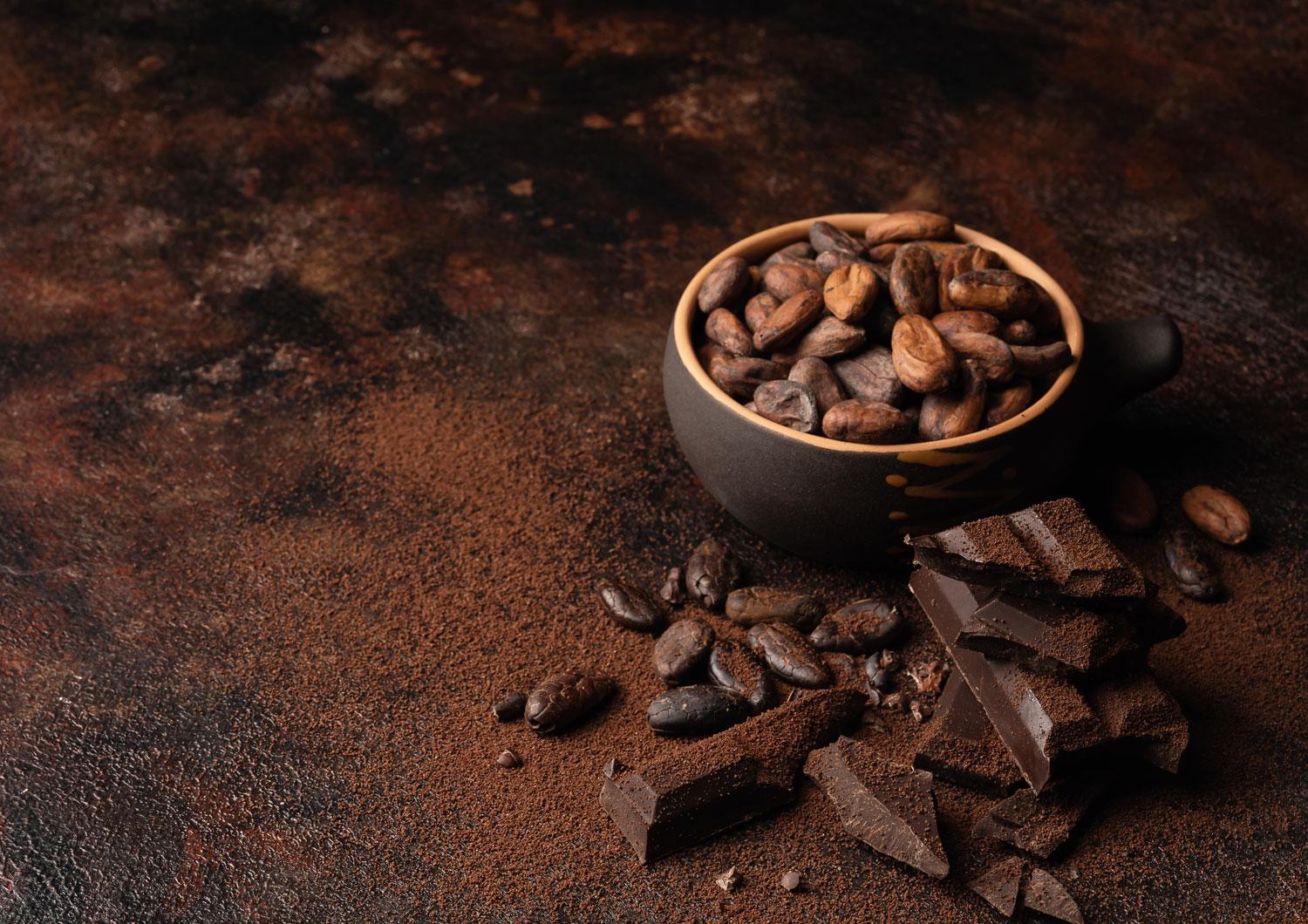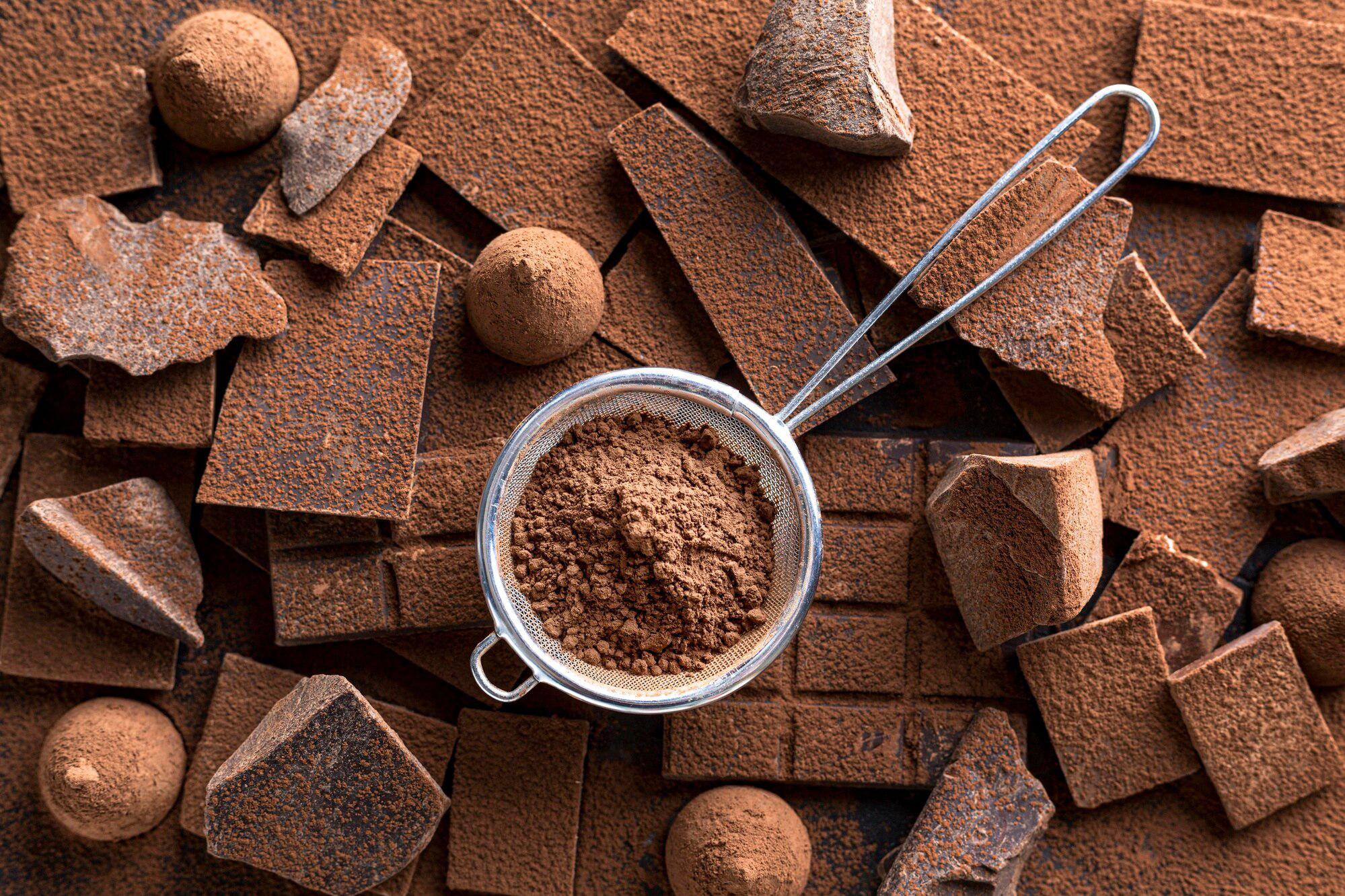
- What you need to know
- Calories and nutritional value
- Benefit
- Harm
- Expert comments
Alena Potasheva, gastroenterologist, nutritionist, leading specialist of the Semeynaya network of clinics, candidate of medical sciences;
Yana Kartaeva, nutritionist of the BestDoctor group of companies.
What you need to know about dark chocolate

There is no milk in dark chocolate, and the content of dry cocoa is at least 55%
Dark chocolate is a product that contains cocoa, cocoa butter and sugar. There is no milk in it, and the content of dry cocoa is at least 55%. Dark dark chocolate bar. The taste depends on the amount of cocoa: the higher the percentage of cocoa content, the less sweet the chocolate. The optimal content is 70–85% (1).
Sometimes dark chocolate is confused with dark chocolate. They differ in composition: dark contains less cocoa, the percentage of content starts from 40% (2). However, the degree of sweetness does not depend on this; more or less sugar can be added to dark chocolate during production, just like any other.
You can use dark chocolate to make creams, baked goods, fondues and mousses; you can add it to drinks and combine it with fruits and berries.
Dark chocolate calories and nutritional value
100 g of dark chocolate with 70–85% cocoa solids contains 598 kcal, as well as (3):
- water – 1 ml
- protein – 7.8 g
- fats – 43 g
- carbohydrates – 46 g
- fiber – 11 g
- sugar – 24 g
Benefits of dark chocolate: 4 properties

The antioxidant activity of chocolate is higher than that of some fruits and berries
Dark chocolate contains many nutrients. It can reduce the risk of developing heart disease and inflammation, and improve brain activity.
1. Has a rich composition
Dark chocolate with a high cocoa content is high in fiber, iron, magnesium, copper and manganese. It also contains potassium, phosphorus, zinc and selenium. These essential health elements are essential for the proper functioning of many processes in the body.
Chocolate also contains fatty acids, including oleic and stearic. Oleic acid is good for the heart, and stearic acid can lower blood cholesterol levels.
Dark chocolate is rich in organic compounds – polyphenols, flavonoids and catechins. They can function as antioxidants. The antioxidant activity of chocolate is higher than that of some fruits and berries (4).
But it is important to remember that chocolate is high in calories and can also contain a lot of sugar. Therefore, you should not use it uncontrollably, especially if you have gastrointestinal diseases, diabetes, obesity and other health problems.
2. Helps with heart and vascular health
Small studies show that dark chocolate lowers total cholesterol, LDL (“bad” cholesterol) and triglycerides (5). Because some forms of bad cholesterol are more prone to oxidation, they can react with free radicals and damage the lining of the heart’s arteries and other tissues.
The cocoa in chocolate helps lower LDL cholesterol levels due to its high levels of antioxidants. In the long term, this should lead to a reduced risk of heart disease. A number of studies have shown that cocoa and chocolate, rich in flavonoids, can lower blood pressure and improve cardiovascular health (6).
One experiment found that eating dark chocolate three times a week could reduce the risk of cardiovascular disease by 9% (7).
There are also expert opinions that chocolate reduces insulin resistance, which increases the risk of developing heart disease and diabetes (8).
But additional research is needed to make final conclusions.
3. Protects skin from ultraviolet radiation
The flavonols in dark chocolate can protect the skin from sun damage, improve blood flow, and increase skin density and hydration. The minimum erythemal dose (MED) is the minimum amount of UVB rays that causes skin redness 24 hours after exposure. Research has shown that MED may increase after consuming dark chocolate or high-flavonol cocoa for 12 weeks (9). As a result, the skin receives better protection from the sun.
However, this product cannot replace sunscreen and other sun protection products.
4. May Improve Brain Function
Research shows that high-flavonol cocoa may improve blood flow to the brain in young people (10).
Cocoa flavonoids may also support cognitive function in older adults with mild cognitive impairment and reduce the likelihood of progression to dementia. But more information and research are needed to make final conclusions (eleven). Cocoa also contains caffeine and theobromine. These are stimulant substances that have short-term effects and improve brain function (12).
Harm of dark chocolate
When losing weight, you should replace regular dark chocolate with chocolate without added sugar.
Dark chocolate is high in sugar, fat and calories, so it’s best not to overindulge in this product. The American Heart Association recommends not exceeding the norm added sugar (25–36 g per day depending on gender and weight) (13). It is also important to pay attention to the composition, check the amount of sugar and fat. In some types of chocolate contain lead and cadmium, and in quantities exceeding the safe daily dose. They can accumulate in the body, causing stomach irritation and developmental delays.
Expert comments

There is no significant difference in calories between dark chocolate and milk chocolate.

